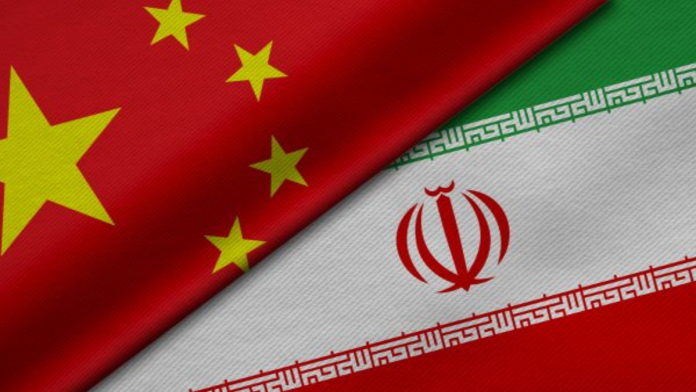China has found a clever way to keep buying oil from Iran, even though U.S. sanctions are designed to block such deals. This secret arrangement allows billions of dollars in oil payments to flow to Iran without using the global banking system. It shows how countries can work around strict rules and keep their economic partnerships alive.
How the Secret Oil Payments Work
China and Iran have developed a system that works a lot like bartering. Instead of sending cash directly to Iran, China uses the money from oil sales to fund Chinese construction projects in the country. This includes building airports, refineries, and other infrastructure.
The deal involves two key Chinese entities. One is a huge state-owned company that provides insurance for international projects. The other is a financial intermediary that helps move the funds without leaving a clear trail.
Here’s how it works in simple steps: Iranian oil is sold to a Chinese buyer. The payments for the oil go into the intermediary instead of straight to Iran. The intermediary then uses the money to pay Chinese builders who work on projects inside Iran. The insurance company ensures the projects are covered against risks, making the system work smoothly.
Iran describes sanctions as a threat to global rules in letters to Sri Lanka and Maldives
This method lets China keep buying Iranian oil while avoiding the banks and payment channels that U.S. sanctions control. It is a way to make the oil-for-infrastructure swap appear legal, even though it sidesteps the usual financial rules. In 2024 alone, billions of dollars from Iranian oil were funneled into these construction projects.
Hiding Oil Shipments in Plain Sight
Even the way the oil physically moves is designed to hide its origin. Iranian oil often goes through ship-to-ship transfers at sea. It gets mixed with oil from other countries before reaching China. This blending makes it difficult for authorities to officially trace the shipments.
Chinese customs officials do not register most of these oil imports. Yet, the oil continues to arrive consistently. This helps Iran earn much-needed revenue while keeping its economy stable despite sanctions. At the same time, China secures oil at discounted prices, strengthening its energy supply.
Estimates suggest that nearly 90% of Iran’s oil exports now go to China, demonstrating how dependent Iran has become on this partnership. Meanwhile, Chinese companies benefit by locking in energy supplies at lower costs and gaining long-term influence in the Middle East.
Huawei crackdown deepens as US closes sanctions loophole fueling China tech fears
Why Both Countries Benefit
For Iran, this system is a lifeline. Sanctions have limited its access to banks and foreign investment. Through this secret mechanism, Iran not only earns money from oil but also receives major infrastructure projects paid for by China. These projects include vital facilities that help the country’s economy and public services.
For China, the arrangement provides cheap access to Iranian oil and strengthens its influence in the Middle East. Politically, it allows China to push back against what it calls “unilateral sanctions” imposed by the United States. By financing projects in Iran, China becomes a key partner and gains leverage in a region where the U.S. has traditionally held significant sway.
This oil-for-project system is part of a broader agreement between the two countries. Under a 25-year strategic pact signed in 2021, China committed tens of billions of dollars to invest in Iran’s infrastructure. The secret payments show how the two countries continue to deepen their economic and political ties, despite global pressure.
Through this mechanism, billions of dollars flow from Iranian oil into Chinese-built infrastructure, creating a network that benefits both sides. Iran gains stability and investment, while China ensures a steady, discounted energy supply and strengthens its regional influence.


